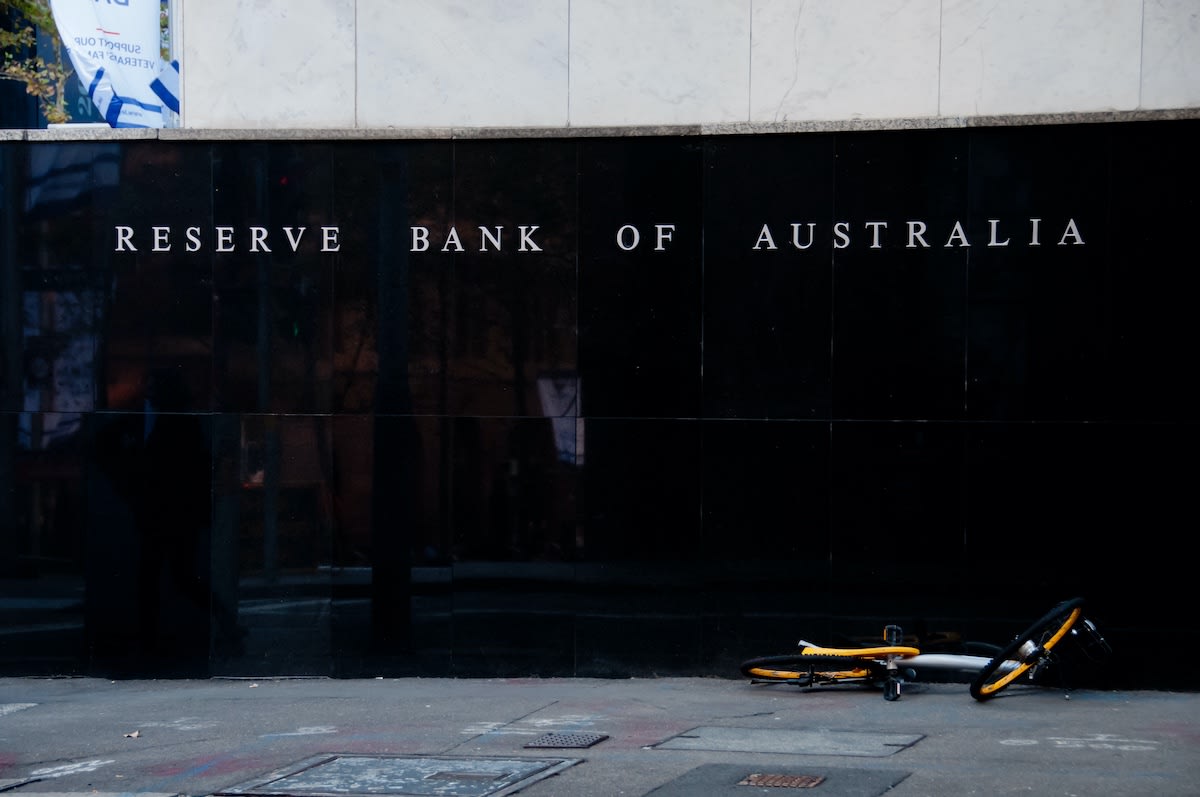Housing markets strengthen further in all major markets: RBA Governor Philip Lowe's May 2021 meeting statement
RBA Governor Philip Lowe's meeting statement
At its meeting today, the Board decided to maintain the current policy settings, including the targets of 10 basis points for the cash rate and the yield on the 3-year Australian Government bond, as well as the parameters of the Term Funding Facility and the government bond purchase program.
The global economy is continuing to recover from the pandemic and the outlook is for strong growth this year and next. The recovery remains uneven, though, and some countries are yet to contain the virus. Global trade in goods has picked up strongly and commodity prices are mostly higher than at the start of the year. However, inflation remains low and below central bank targets.
Sovereign bond yields have been steady recently after increasing earlier in the year due to the positive news on vaccines and the additional fiscal stimulus in the United States. Inflation expectations have lifted from near record lows to be closer to central banks' targets. The 3-year government bond yield in Australia is at the Board's target of 10 basis points and lending rates for most borrowers are at record lows. The Australian dollar remains in the upper end of the range of recent years.
The economic recovery in Australia has been stronger than expected and is forecast to continue. This recovery is especially evident in the strong growth in employment, with the unemployment rate falling further to 5.6 per cent in March and the number of people with a job now exceeding the pre-pandemic level.
The Bank's central scenario for GDP growth has been revised up further, with growth of 4¾ per cent expected over 2021 and 3½ per cent over 2022. A pick-up in business investment is expected and household spending will be supported by the strengthening in balance sheets over the past year. The unemployment rate is expected to continue to decline, to be around 5 per cent at the end of this year and around 4½ per cent at the end of 2022.
Despite the strong recovery in economic activity, the recent CPI data confirmed that inflation pressures remain subdued in most parts of the Australian economy. A pick-up in inflation and wages growth is expected, but it is likely to be only gradual and modest. In the central scenario, inflation in underlying terms is expected to be 1½ per cent in 2021 and 2 per cent in mid 2023. In the short term, CPI inflation is expected to rise temporarily to be above 3 per cent in the June quarter because of the reversal of some COVID-19-related price reductions.
Housing markets have strengthened further, with prices rising in all major markets. Housing credit growth has picked up, with strong demand from owner-occupiers, especially first-home buyers. Given the environment of rising housing prices and low interest rates, the Bank will be monitoring trends in housing borrowing carefully and it is important that lending standards are maintained.
At its July meeting, the Board will consider whether to retain the April 2024 bond as the target bond for the 3-year yield target or to shift to the next maturity, the November 2024 bond. The Board is not considering a change to the target of 10 basis points. At the July meeting, the Board will also consider future bond purchases following the completion of the second $100 billion of purchases under the government bond purchase program in September. The Board is prepared to undertake further bond purchases to assist with progress towards the goals of full employment and inflation. The Board places a high priority on a return to full employment.
The date for final drawings under the Term Funding Facility is 30 June 2021. Given that financial markets in Australia are operating well, the Board is not considering a further extension of this facility. Authorised deposit-taking institutions have drawn $100 billion so far and a further $100 billion is currently available. Given the facility provides funding for 3 years, it will continue to support low funding costs in Australia until mid 2024.
The Board is committed to maintaining highly supportive monetary conditions to support a return to full employment in Australia and inflation consistent with the target. It will not increase the cash rate until actual inflation is sustainably within the 2 to 3 per cent target range. For this to occur, the labour market will need to be tight enough to generate wages growth that is materially higher than it is currently. This is unlikely to be until 2024 at the earliest.
